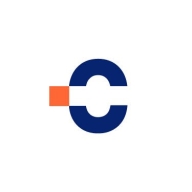

Find out what your peers are saying about CrowdStrike, Trend Micro, Qualys and others in Attack Surface Management (ASM).
| Product | Market Share (%) |
|---|---|
| Tenable Attack Surface Management | 4.6% |
| CyCognito | 3.5% |
| Other | 91.9% |
Legacy security testing approaches may help security teams find and remediate risks on-premises and directly managed infrastructure. But, they are no match for the rapidly expanding attack surface caused by modern, highly distributed IT ecosystems.
CyCognito was founded by veterans of national intelligence agencies who understand how attackers exploit blind spots, and who recognized the need for a radical new approach to threat assessment. Our mission is to build the next-generation security risk assessment product category: solutions that autonomously discover, enumerate, and prioritize each organization’s security risks based upon a global analysis of all external attack surfaces and attack vectors that a real attacker would likely exploit.
Get comprehensive visibility into all of your internet-connected assets, services and applications to better understand your organization’s full digital footprint and better assess and manage risk.
Tenable Attack Surface Management (formerly Tenable.asm) continuously maps the entire internet and discovers connections to your internet-facing assets so you can discover and assess the security posture of your entire external attack surface.
We monitor all Attack Surface Management (ASM) reviews to prevent fraudulent reviews and keep review quality high. We do not post reviews by company employees or direct competitors. We validate each review for authenticity via cross-reference with LinkedIn, and personal follow-up with the reviewer when necessary.